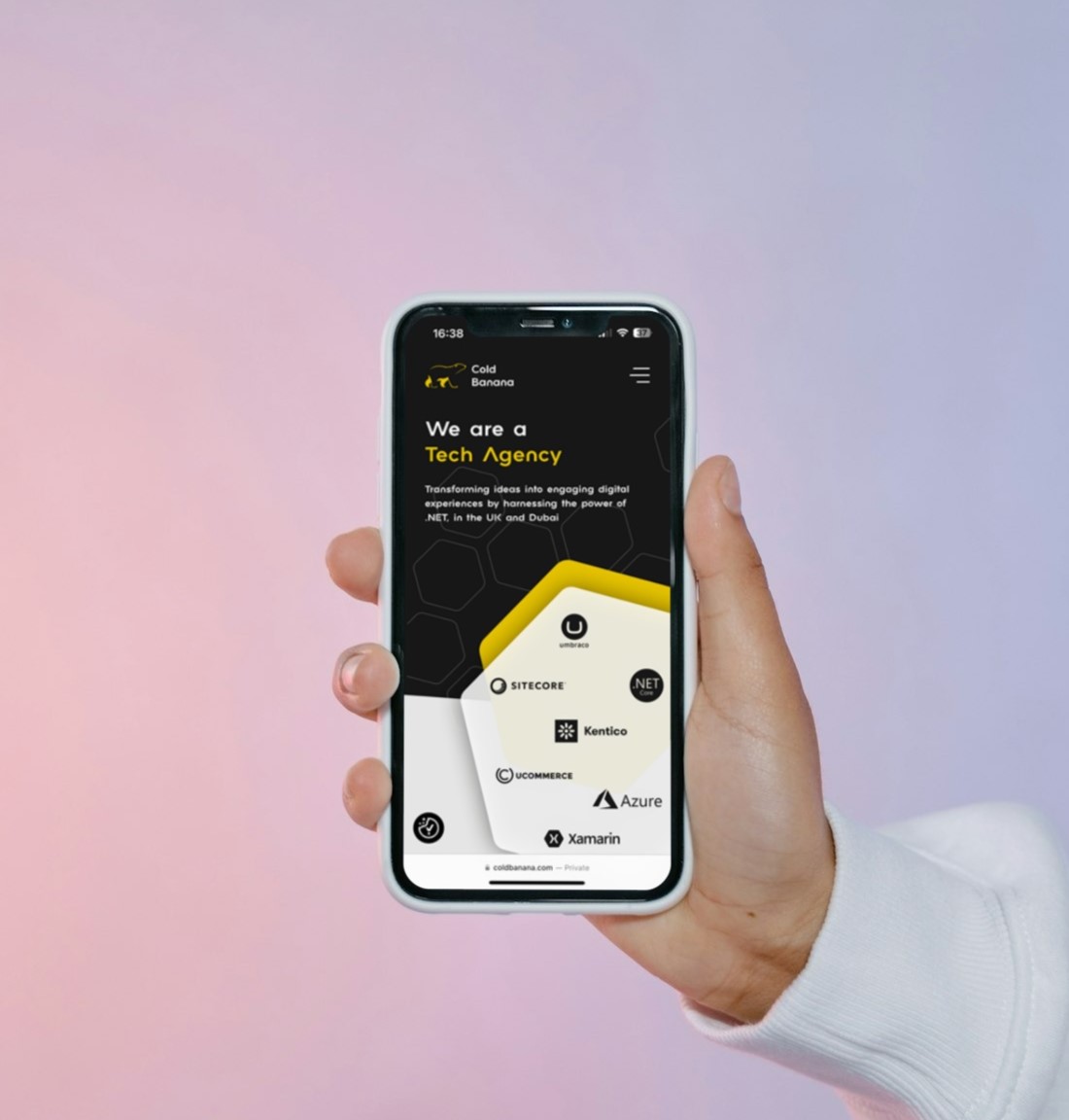
Should you be starting up a brand new business from scratch or re-developing an already existing business website? While there are many things a site needs to stay relevant within your industry, today we will be talking about the top 10 things all sites need to succeed.
Organising your sitemap is the first key step when it comes to planning a new website.
Start with looking at your content, what content do you or will you have to share with your visitors. It’s important not to cram too much onto a single page as this can make your pages look too busy and can hurt your websites accessibility.
Pages also need to be named clearly, don’t make your visitors hunt all through your website to find the information they want. When it comes to the design and build of your site, it’s important to bear in mind that visitors won’t all arrive at the homepage, so your visitors should be able to land on any page and understand immediately where they are on your site and where to go next - breadcrumbs can assist with this.

Sitemaps follow on from step 1, but deserves a section of its own.
An XML sitemap is critical when it comes to SEO (Search Engine Optimisation). Search engines are pretty complex and can crawl a site rapidly, determining if the content and structures are well labeled and linked.
All sites need a call to action, whether your site is used for eCommerce, generating leads, or even just sharing information. Any call to action you have should be clearly labeled, using common language, and have a design that makes it obvious to the reader what they are.
When it comes to labeling, try and avoid the terms ‘go’ or ‘here’ and opt for more inspiring actions such as ‘join now’ or ‘show me my results’. These kinds of terms add a more personalised feeling to them and you will more likely get higher conversation rates from them.
(Side note: When it comes to CTA buttons, there is often a lot of whispers about stating that you should never use red, due to it being a ‘stop’ color, however the best way to approach this especially if your branding color is red is to perform A/B split test and try it out for yourself on your customers, this way you can see what style and color choices work best for you.)
While this might seem obvious, you’d be surprised how many websites don’t list a current address and number to the footer of their website.
In some cases, a visitor is almost set on a wild goose chase to find a telephone number, being directed to FAQ pages, or given a bot to talk too which as a consumer can be infuriating. Having clear contact information present also adds that extra layer of legitimacy and website visitors will be more likely to trust you from the get-go.
There is a fair argument when it comes to whether to include both an email address and a contact form on your contact page. For starters, some people just prefer to use a form while others like to go via an email address. However, not everyone is going to be on their computer or device at the time of coming across your website so providing them with a contact form can be highly useful.

When it comes down to responsive design, this will vary between which industry you’re in and what your company does. A good starting point is to take a deep dive into your analytics, see what devices people are using to get to your site. It doesn't matter if you have a bias towards mobile use or not, a responsive site is just expected these days.
Google has previously made it very clear that mobile-friendliness is a key factor when ranking results. Having a responsive website design isn’t just one that reads well on your phone without having to pinch in and zoom. Taking a fully responsive approach is when you’re considering all factors of the site, including navigation, image optimization's, and keeping loading times minimal.
An SSL certification awards your site to have the prefix HTTPS instead of HTTP.
For a long time, SSL would be recommended to any website that stored information from its users, whether that be log-ins or methods of sharing information with a site. But times have moved on and now it’s recommended for all websites to have one.
Even if you run a website that doesn't take any type of information from your visitors, you will want an SSL certification, Chrome will now mark any website without one as ‘unsafe’ which will more than likely put off any new customer.
While of course there are tons of exciting and interesting content ideas you can add to your website. Whether that be videos, music, images, or blog posts. While this is all great stuff it will be no use if you forget crucial business information like your products or services (and the presentation of these).
The content you put out highly depends on your customers and your business as a whole. Ensure that whatever is on your site is relevant, contextual and provides your visitors with some kind of value.
Also relating to your content, you won't get far without a strategy for producing and uploading content and sharing it. The best approach to this is putting together a marketing or SEO plan. If you want more information read our blog on why content marketing is crucial to your future business.
The use of social media offers easy and cheap access to a potentially huge audience. However, don’t feel like you need to have a profile on each and every platform, pick and focus on the ones which are relevant to you and that your customers will more likely be using.

Don’t ask your visitors to take your word for how great of a company you are. Having recommendations from other happy customers may be what swings people to that final purchasing decision or pressing ‘submit’ on that enquiry form.
Depending on what industry you are in, it’s also a great idea to have case studies. This showcases any problems previous clients may have had and how you as a business have solved them. A prospective new client may be relating to these issues and be reading exactly how you are going to be able to help them.
Showcasing your testimonials and Case Studies is also an area of your website that will benefit from having a bespoke CMS. While there a tons of CMS’s out there, each one is slightly different and designed around the site’s design and content. Adding in testimonials or case studies should be a really quick thing to add in for your marketing team without the use of developers' time. Of course, being gold partners, we believe Umbraco is a great choice and suits all businesses due to its incredible flexibility. If you want more information on why Umbraco is a great CMS option for you, read about 31 reasons why you should choose Umbraco.
Including a FAQs (Frequently asked questions) page might not be essential but it can be really helpful when it comes to your customer service. They potentially can help answer any questions your visitors might have, relieving pressure on your customer service team and getting the answers over quickly enough.
When it comes to producing an FAQ page, ensure you liaise with those who deal with your customer service in your organization, they will know first hand the most common questions asked by customers.
So there you have it the top things we believe that every site should include. If after reading this list you believe your site is missing a couple, give us a call or drop us an email and we will be more than happy to help you.